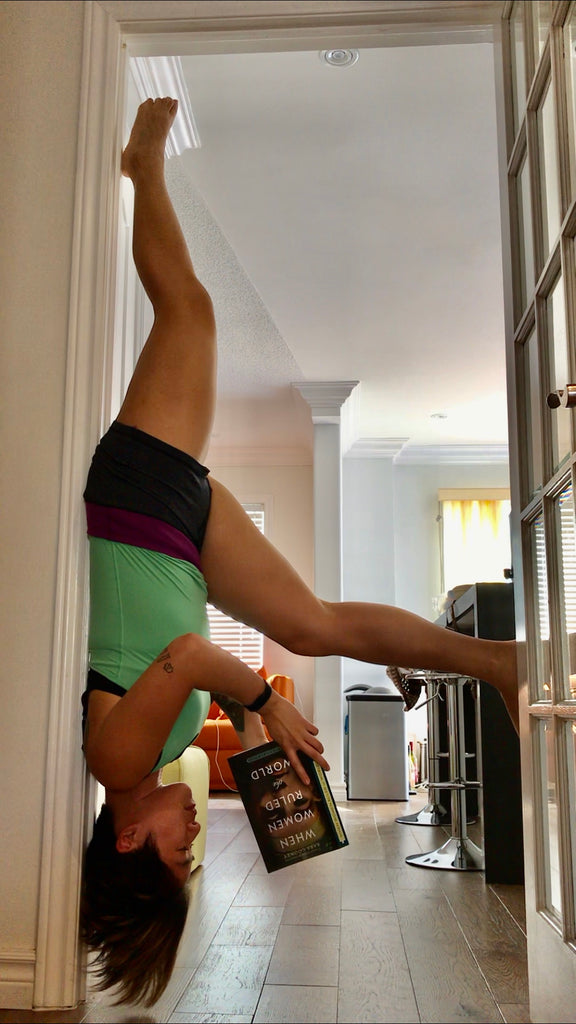The first time I was diagnosed with cancer, I was home alone with my daughters, Sofie who was two months old at the time and Charlotte, who was 18 months. I know what you’re all thinking - trying to do the math in your head. A newborn & 18 month old - “Is she nuts??!” Honestly, we didn’t plan on getting pregnant so soon, but everyone around us had been going through fertility problems and doctors had encouraged us to consider having our second baby sooner then later as during my first pregnancy I had been followed very closely for HSIL (high-grade squamous intraepithelial lesion) of my cervix and some of the procedures/treatments for HSIL might lead to me possibly not being able to successfully carry a baby full-term.
When I arrived at the OBGYN’s office pregnant just 6 months after Charlotte was born, there was excitement but also large concerns because recent biopsy results showed a high amount of HSIL cells once again. My medical team explained that there was a small chance that the HSIL, if left untreated, could turn into cervical cancer during the pregnancy but that cervical cancer is typically slow-growing and the chances were very small. Doctors encouraged us to continue with the healthy pregnancy, and both Victor and I felt really comfortable with our decision and I think there was an overall sense of well it won’t happen to me.

My pregnancy with Sofie was amazing. I had gestational diabetes with both of the pregnancies (insulin injections and all) but other than that I loved being pregnant. Throughout the pregnancy, I had many doctor appointments but towards the end they definitely started to increase to what felt to be a bit more than ‘normal’. Sofie arrived, safe and sound on May 1st - she was perfect. Life was beautiful and I was sent home. I knew that a biopsy had to be taken but my doctor said that we could do it in the weeks to follow - go home, enjoy your newborn and rest up. So I did. In my heart I knew that something was wrong but in the madness of a newborn I went home and went into the whirlwind of life after a baby. Six weeks after the birth I returned to the hospital for my scheduled biopsy and it was then that my doctor prepared me for the ‘thing’ that had felt like ‘the something wrong’. She took a biopsy and her exact words were ‘it doesn’t look good... but we are going to do a biopsy to confirm what that exactly means to be sure.’ I left that appointment feeling heavy but also with the hope that perhaps there was a chance that ‘the something’ was ‘nothing’. That biopsy turned into more tests, CT scans and an MRI and the dreadful ‘waiting game’.

Nothing really prepares you for a phone call from the cancer hospital.
It was a rainy day in July, 2015 and my husband Victor was away at an event. Being a new mom caring for two babies postpartum is challenging on the best day, but that day Charlotte had managed to shove four peas up her nose and I couldn’t get them out and the nurse on the phone told me I needed to come straight to the doctor’s office to extract them! While I was trying to deal with that minor emergency, I had a hungry newborn trying to latch to my boob as I frantically moved around the kitchen trying to just deal with what was happening in the moment, on top of trying to manage my persistent sense of dread waiting to hear back from Princess Margaret Cancer Hospital with my CT results. I remember it clear as day - I had just hung up the phone with our family doctor dealing with Charlotte's nose and I was trying to assemble the girls in the stroller to get to the doctor’s office before it closed and the phone rang. The truth is I wasn’t really supposed to get the proper diagnosis over the phone from the receptionist - it was a minor glitch in the system but so it happened... such as life.
And so the story goes on that Friday afternoon over the phone - standing with a baby on my boob in the middle of my kitchen and a crying toddler in a high chair I was diagnosed with cervical cancer.
After I hung up the phone, the tears started to stream from my eyes and down my face straight on to Sofie’s cheek and my entire body was filled with an overwhelming amount of mixed emotions... the world was at a complete stand still.
I couldn’t breathe - it was suffocating.
There was no sound just silence.
I feel nothing. I am numb.
My entire life being viewed like a movie reel moving both on fast forward and slow motion all at once and there was nothing I could do to not see it.
And then just like that - life snapped me out of the fog of overwhelming fear with the sounds of babies crying and the sweet face of Charlotte staring up at me in the high chair - tears still rolling down my face - a tidal wave of opposite emotions and then I began to laugh. Uncontrollably laugh.
PEAS!!!!!!! PEAS!!!!!!! Are you fucking kidding me right now? How did you stick... no wait... WHY did you stick... 4 FUCKING PEAS up your cute little nose? I have to walk in the rain to the doctor’s office now. RIGHT NOW?!!!! BUT I HAVE CANCER!!!
That summer I hung up my ‘mom hat’ and took on Cancer as my full time job.I underwent chemotherapy, endless rounds of radiation and intense in-hospital brachytherapy (internal radiation) treatments. It was one of the most epically difficult times of my life - it challenged me in ways physically and emotionally that no one could possibly prepare you for. It took a long time after my last radiation appointment to start feeling ‘my new normal.’ The fatigue was like nothing I had ever experienced. Thankfully, I had never experienced sleep deprivation, as both babies were good sleepers, but the chronic fatigue felt like a train had run me over and I could just shut my eyes and never wake up.

Grief is exhausting. The pull of life’s ups and downs is grueling. Resilience is a skill set you learn - one that if you don’t attain it will drag you through the dirt and leave you bruised for life. I grew up with horses and my mother would say to me,“If you fall off the horse, get back on.” But there were moments when this just wasn’t possible. The fall was too hard. The fall had broken everything I had ever believed in and tested every physical and emotional barrier I had ever known. It was outside of me and I was feeling lost, lonely and completely broken. Life postpartum after cancer and a medical induced menopause was too much and life was suffocating trying to put the pieces back together.
I remember standing in the kitchen with Victor one day months after I had finished treatment, my eyes closed and tears streaming down my face just like they had the day the phone call came that changed everything, but this day was different. Sadness was present but rage was creeping in and the rollercoaster of hormones running through my veins was like nothing I had ever experienced. I wanted to break every glass in the house, every single one. I wanted to scream. I wanted the feelings to ‘go away’. With Victor’s help and encouragement I went to an appointment to speak to someone regarding my overwhelming wheel of emotions and was put on a high dose of sleeping pills to help me rest and for the time being it helped. Along with the countless offers of more medication, the doctor suggested I start up with my yoga practice again and put me into a 6-week yoga nidra program at the hospital. That was the shift that gave me the power and brought my healing in my own hands.
Over time I weaned myself off of the meds through a dedicated practice to yoga nidra and with the support from my yoga & meditation teacher Molly Birkholm and Swami Kashi (pictured below), there is no denying that the practice saved my life. Yoga Nidra is often translated as “the yoga of sleep.” It is a form of meditation that gently guides you through an experience of your body, breath, feelings, emotions, memories, and out into a deep state of rest and relaxation. My beloved Molly taught me that the practice helps us stay connected to the part of yourself that is unchanging, healthy, whole, and complete. And if that isn’t enough, it is said that a 30-minute yoga nidra practice is equivalent to 2 to 4 hours of sleep. In yoga nidra, the benefits are immediate, from reduced stress to deep rest!

Having these specific tools to help my nervous system and a strong like minded community to help me in difficult times has been the most empowering experience of my life. It has taught me that I am not alone and I am more than just this body. I now understand and trust that life is happening for me - not to me. I understand that to build and regain trust in my body I have a personal responsibility to show up daily and help it heal in small and subtle ways.
Two years after my first cancer diagnosis of stage 2b cervical cancer in May of 2017, just as I started to regain my strength and get back into so called ‘regular life’, I once again was faced with a new cancer diagnosis. One early morning Sofie ran straight into my right breast as we were playing around and just 20 minutes later at the park I was bleeding through my nipple. A lot. It didn’t hurt, to be honest I didn’t even notice. A lady in the park came running over to ask if I was ok.
As soon as I looked down, I knew that it wasn’t good. I remember when I phoned my family doctor and they said they didn’t have an appointment for a couple of weeks I said directly to the receptionist on the phone: “This can’t wait – it’s an emergency.” When you’ve been in the ‘Cancer Seat’ it’s hard to not let your mind race, every ache, pain – is the Cancer back?
Tests revealed I had a new cancer - Invasive Ductal Carcinoma In Situ (DCIS) Breast Cancer with a small component testing positive in one of my lymph nodes. Surgery was a must – they explained the way the DCIS had spread, they couldn’t save any of the breast so a complete mastectomy on the right side was the only option. In that moment there was a rush of sadness and then a mix of emotions, one of them laughter because the very thought of being diagnosed with a completely new cancer was insane – I was brought directly back to the moment in the kitchen with the peas stuck up Charlotte’s nose and Sofie attached to the breast that was now bleeding. Here I was spending so much time worrying about the cervical cancer coming back, not once thinking about a completely new cancer.
Again, the whirlwind of emotions flooded in but this time something felt different. I’m not saying that there was a heavenly feeling, but there was something more romantic about the diagnosis because I felt like I could really sink in and feel the sensation of the diagnosis in my body. It was as if I was training for this moment to happen - all the things I had been learning over the year were now coming to me in full effect, helping me and supporting me through this experience and that was - now I was full of empowerment. Something so out of my control felt a bit more ‘in control’ and that even if just for a moment meant that I could breathe.
The experience changed from the first time.
I couldn’t breathe - it was suffocating.
Now it was... I have my breathe... breathe now. Inhale 1, 2, 3, 4 - Exhale 2, 3, 4.
The first time there was no sound just silence.
Now it was... I am ok with the stillness - I embrace the quiet and the need to stand still in this moment to hear the clarity of my own voice.
Before, it was I feel nothing. I am numb.
Now it was... I feel this sensation in my body and I welcome it all. I allow it to move through me and welcome it all. No need to fix. No need to change. You are perfect just the way you are - there is a part of me untouched by anything or anyone.
The first time, my entire life being viewed like a movie reel in fast forward and slow motion all at once. there was nothing I could do to not see it.
Now it was... I see everything for what it is - my awareness is alive and everything I say and do matters in every moment. Life is happening for me and I am responsible for how I respond to this diagnosis.
The mix of emotions felt more in control - less out of control. I had knowledge and past experiences that I used for me in a positive way and empowered my voice and my choices.
My choice for no reconstruction was personal and intuitive.
I decided on a bilateral mastectomy with no reconstruction. It all happened so fast. Having to make such drastic choices in the midst of dealing with such a vicious disease is overwhelming. I was sent to the plastic surgeon just 45 minutes after I had officially been diagnosed with an invasive breast cancer. I stood naked in front of my close family while doctors touched, examined my body- an experience that I can best describe as a mix between a bad science experiment and how small toddlers treat their broken dolls and put them back together. Rough, purposeful, cold.
I knew a bilateral mastectomy was the only decision for me as the other options just didn’t feel right. The only thing that I was 100% comfortable with was to remove both breasts even though my left breast was ‘healthy’. My medical team fought to save the ‘healthy’ breast and encouraged me to consider reconstruction as they felt strongly that I would regret my decision to have a flat chest. But in my heart, I knew it what was best for me.

I spent a lot of time doing my yoga nidra practice to check in with my internal dialogue and to try to block out the loud voices of what the outside world wanted and/or thought should happen according to history. Encouraged by my teachers, I spent the days before doctors appointments in silence, my phone turned off wandering in nature connecting to the vibrancy of life around me. I focused on eating cooked easy digestible whole foods, drinking my proper amount of water quota per day, cut out sugar & alcohol, limited caffeine and although very difficult at first, I learned to welcome all things that supported me and my daily self-care regime.

History has told us that a woman is defined by her body and that being feminine and beautiful is something that we simply ‘see or look at’. No imperfections, flaws or scars. But I believe that this is not my truth nor anyone else’s. In fact, it was the furthest thing from the truth. I recall a time on retreat that while standing in nature I was struck by the beauty surrounding me, both in the aliveness of the surroundings and the death of what ‘once was’. The balance in nature of the perfect knots in the large maple trees and the rotting, fallen limbs of others. From this I could see that there is symmetry or “oneness” in this and it is beautiful. And just like me, is perfectly imperfect.
“Women are not just their bodies and their breasts and whatever they come with. The power of femininity is within.”
It’s not as easy as piecing body parts back together; the entire process is devastating. For me, I needed to grieve the loss of my breasts and it didn’t feel right for me to replace them with something that wasn’t mine and that had the possibility of harming me in the future. This was my second cancer diagnosis in just two years and I heard the strong message that my body wanted to heal and I needed to give it the best opportunity to do so. I also choose not to wear a prosthetic bra, something I’m completely comfortable with but not everyone around me is.
In fact, I’m so comfortable with it - I’m proudly half naked on sides of streetcars, bus stops and public transit across Canada as part of a campaign with KNIX on a mission to inspire all women to live unapologetically free.
And still... I’m often confronted by people saying, “it’s not the norm” but I’m ok with that because I’m comfortable with being uncomfortable.
I’m ok with your questions.
I’m ok with your comments.
I’m ok with your judgments.
I’m ok because they are yours and not mine.
I’m ok to listen - I’m here for you.
I’m ok to be seen - I see you.
In the beginning, people would ask when I was planning on reconstruction and I would answer, “oh.... not right now – maybe later”, when the truth of the matter was that I had no plans for reconstruction. In fact, I have never felt more myself. I am more empowered now than ever, more myself than ever. I have a clear understanding that I am more than just this body and that love comes from within me and has always been there waiting to be seen, touched, heard. My mind is exploding with creativity and my heart is full of love and I’ve never been more grateful for this precious life.
Throughout this process I have grown to understand a deeper sense of my true nature. Cancer forced me to be a student of life. Life has and will continue to bring unforeseen challenges to me physically, emotionally and spiritually. I have experienced some of the darkest sides of me but I have also witnessed some of the brightest light coming out of me and others, and for that, I am grateful.

I’ve been asked many times for advice on cancer/life/reconstruction and my answer is “You’re on your own kid - you know what’s best you and you just have to listen to you and not to everyone around you.” It’s a time to get quiet - push the noise out and invite in the sweet whispers. Trust the process. Only you can know what’s ‘best’. I can tell you what my experience has been like and what worked for me but at the end of the day - what works for me and what works for you is totally different. We need to honour our own truth in every situation.
I think throughout this experience what sticks out the most is that I have seen many people rise to a greater understanding that we are all responsible for our own healing and decision making. In the end we need to make the best decision for ourselves, but having a tight community to help support that decision is key. My hope out of all of this is to inspire both men and women to follow their heart and trust what their own knowingness is telling them. Find a community that will ‘just listen’ but have the skills to push you out of your comfort zone when life gets tough. Let’s live in a world where we support and release the judgement - we are just mirrors of one another after all. If something is really bothering you, I invite you to ask yourself and challenge yourself to ‘why it is so’.
Ask how you empower yourself, your kids and your community in kind and compassionate ways. What you are doing to create a safe space for people to come as they are with no need to fix or change anything.

Almost a year ago KNIX gifted me with the opportunity to share my story through a photograph. Not just any photograph, a photograph of me standing boldly in underwear, bare flat chested. Empowered, ready for transformation, embracing change and all that comes with it. Many people have asked me how I 'really' feel about this photo and my honest answer is... it's stunning and takes my breath away. As soon as I saw the image I knew it had to be shared. I remember standing in my robe in the studio with Joanna Griffiths, the fierce founder and CEO of KNIX - both of us were a bit lost for words. As a photographer myself, I was captivated by the raw beauty, strength, resilience, self-love and the power of storytelling through one single frame that Carlye Routh, the photographer, had captured. In some ways I still always experience the photo as a complete witness. And that’s the truth - it feels a bit larger than me and not in an egotistical way - in a vulnerable truth that showcases beauty in a simple and raw form. The entire experience was and still continues to be empowering for me personally and I’m so grateful that we are moving into a world that is curious about topics that may feel uncomfortable for some.

We are all learning how to be comfortable with the uncomfortable, free of judgment and full of love and curiosity. May we all find a piece of ourselves untouched by anything or anyone and know that our true nature is whole and complete just as we are.
May we all learn to soften the loud noise of our mind and turn up the volume to the sweet whispers of our truth and play in nature singing - I am 'Beautifully Complete' just the way I am.
]]>
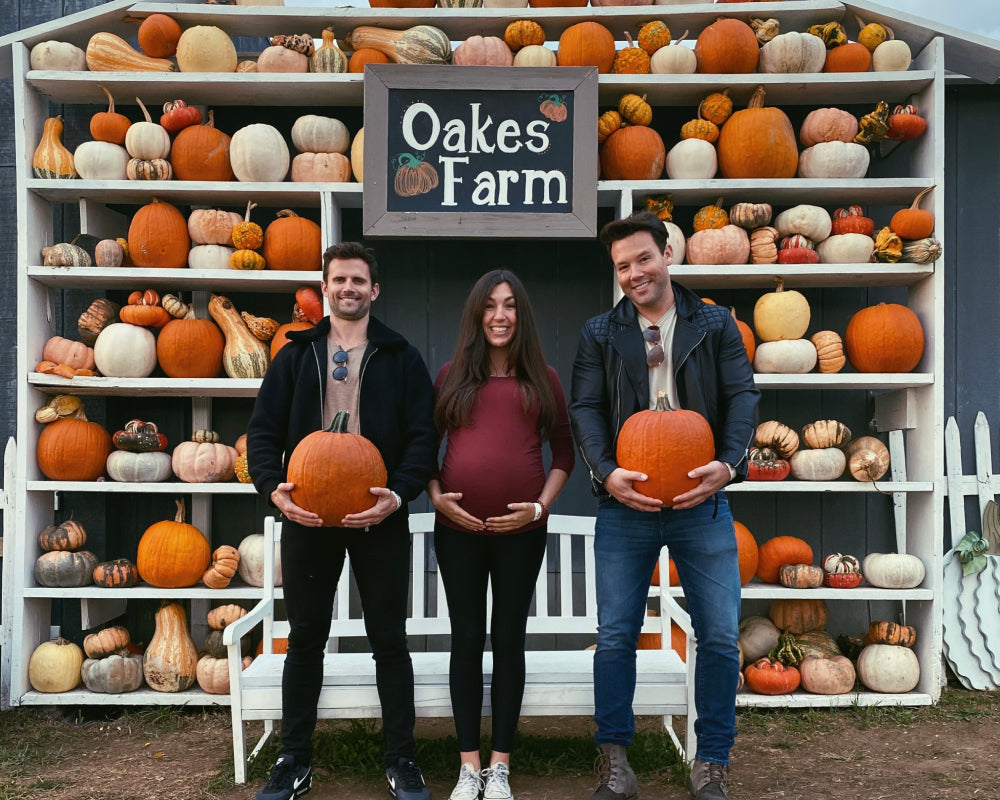

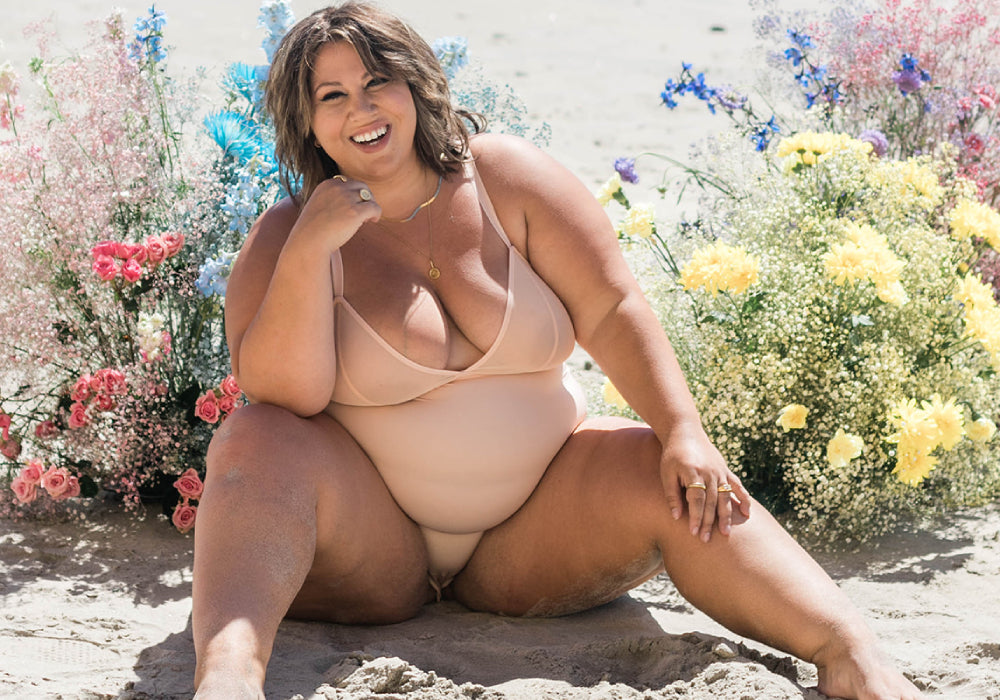

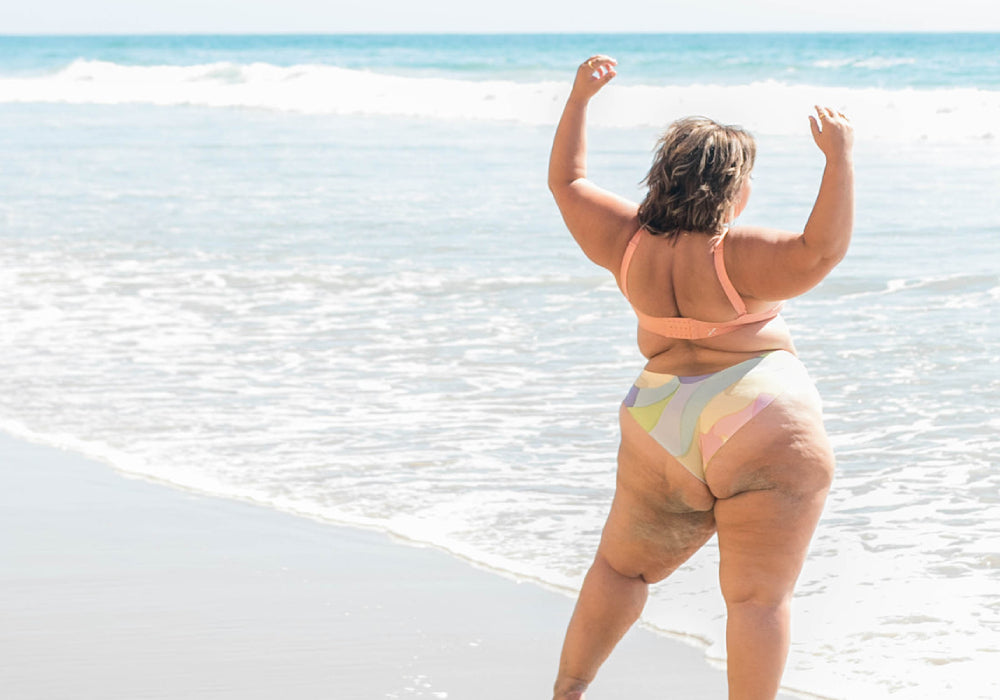
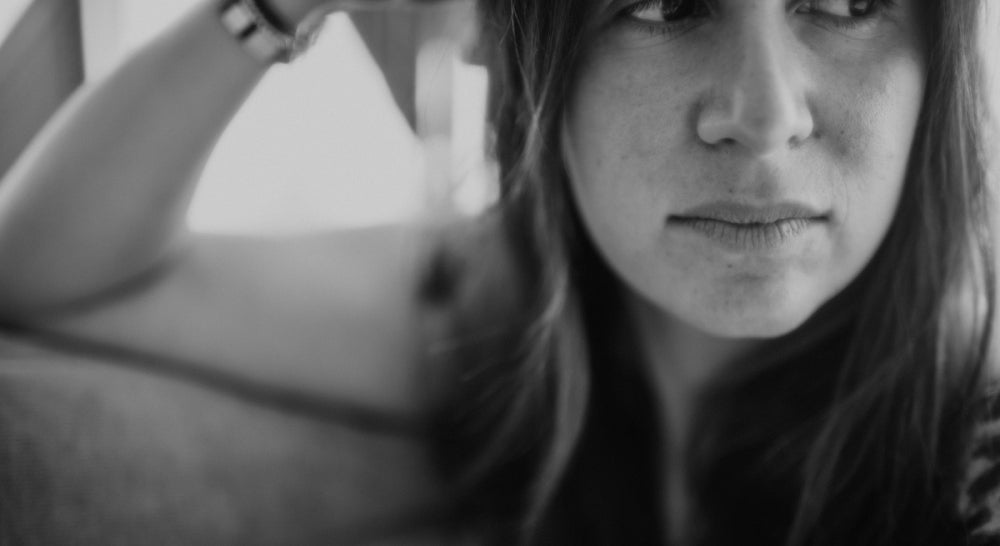
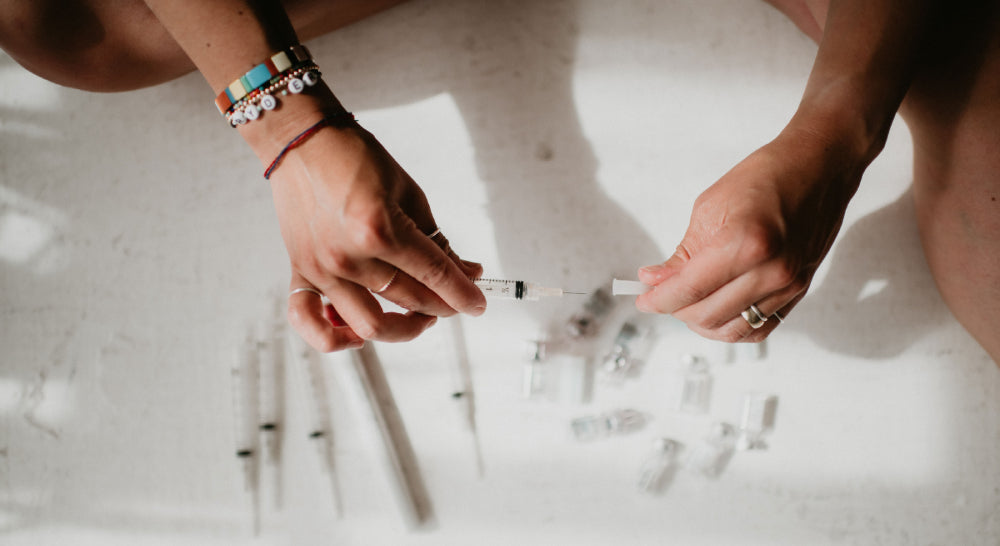


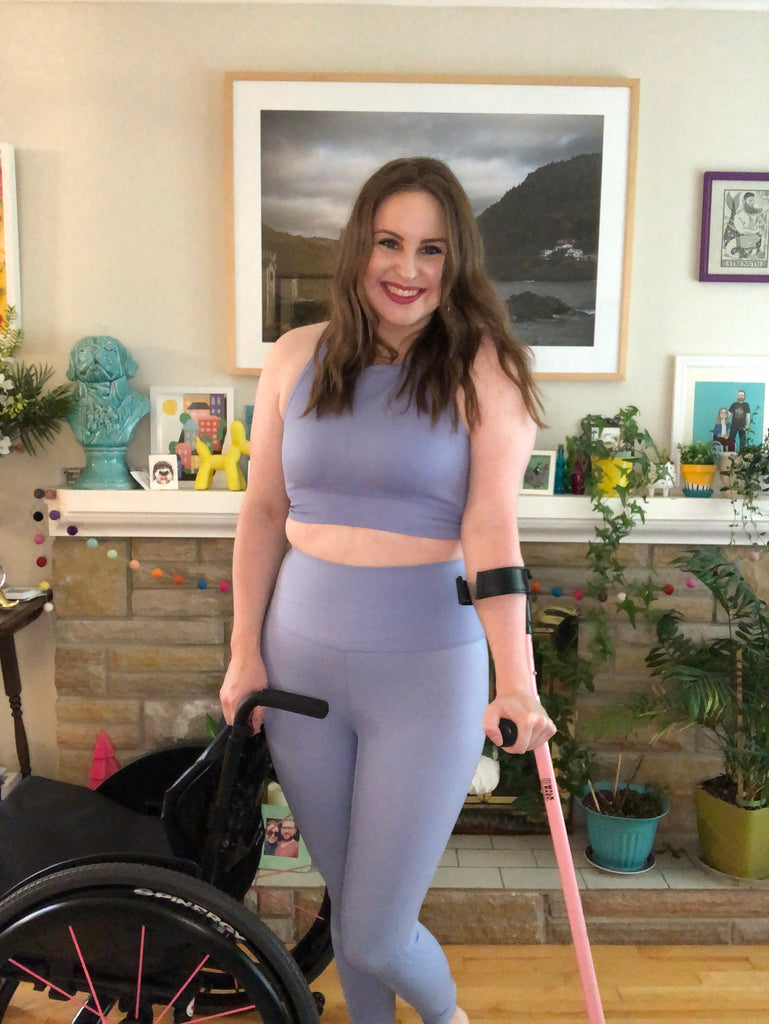



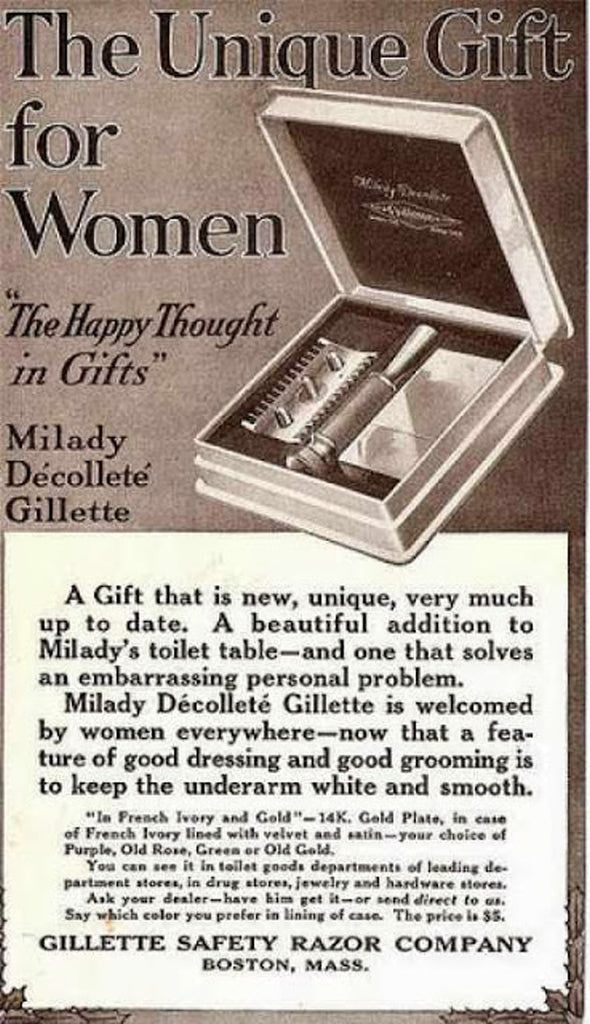
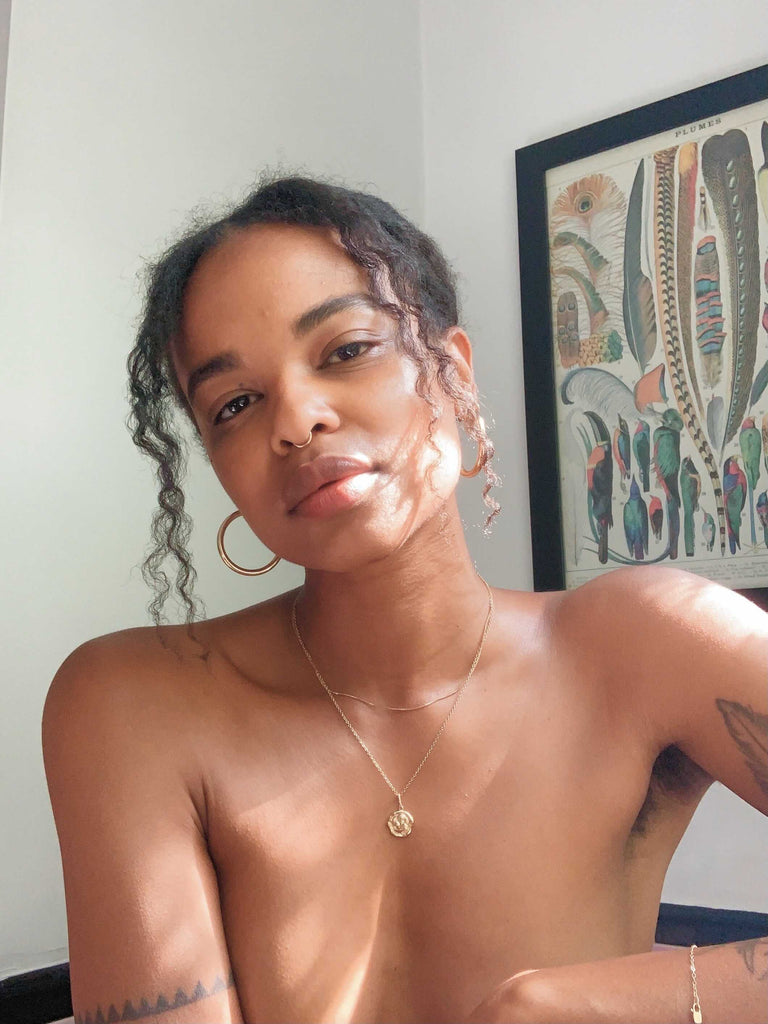



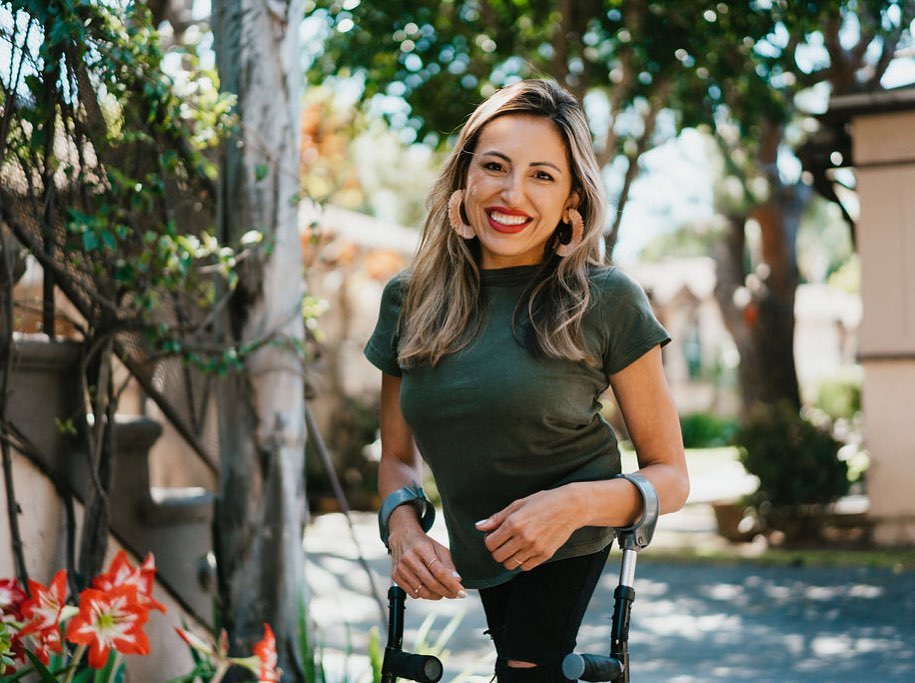




 Misty in the
Misty in the 






